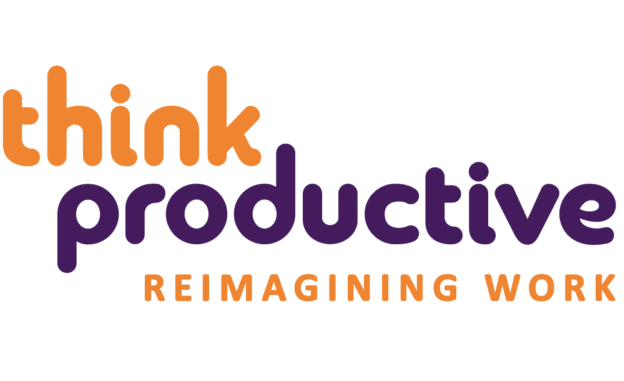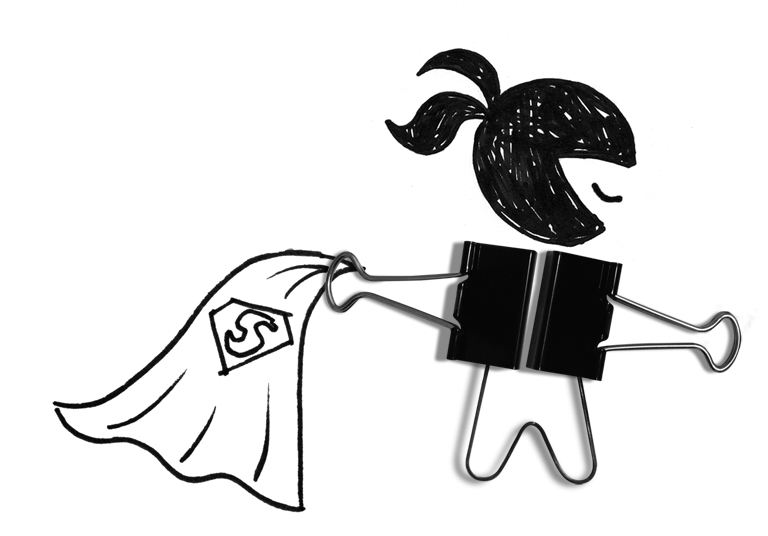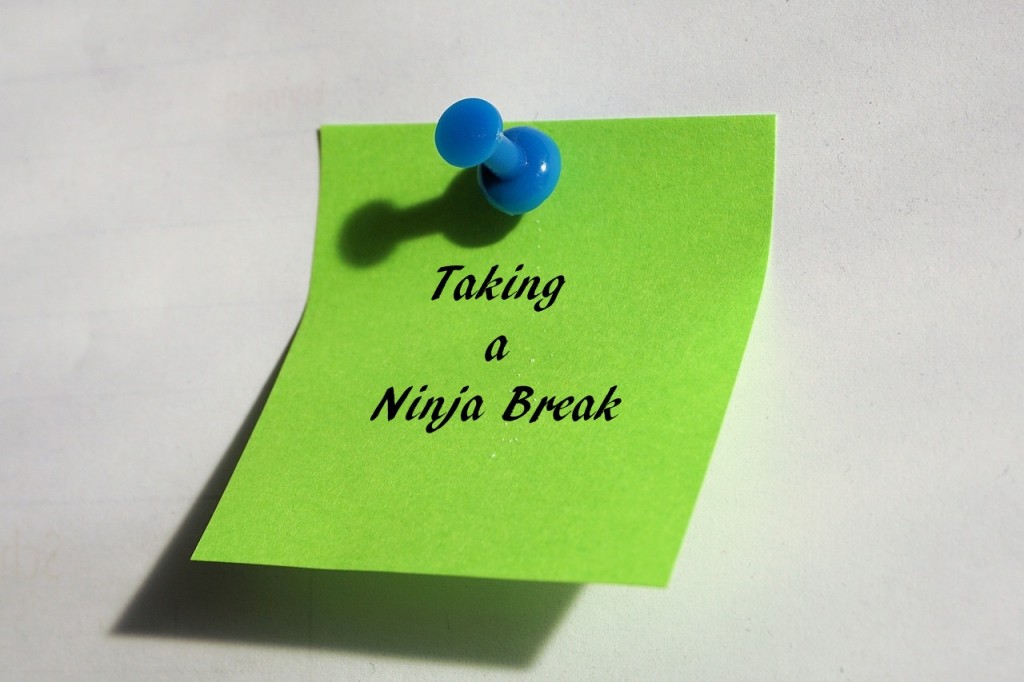Bring Humanity Back to Your Workplace
Deadlines. Targets. Meetings. Emails. Objectives. Performance measures. Waste reduction. Cost efficiency. Response Times. Getting stuff done. Sometimes our quest for productivity has us so focused on the work, we forget about humanity at work.
How do we humans do our best work? Can we bring more of that into our workplaces? Productivity Ninja Grace explores three areas where we can inject more humanity at work.
Human Capacity
“Can you do it?” might sound like an innocuous question. But so many of us are answering this question based on capability. Am I capable of putting a report together, taking on a project, attending that meeting or looking after this client? If the answer is no, that’s an easy no to say. But just because I’m capable of doing that, doesn’t mean I have the capacity right now.
“Do I have the capacity?” is a whole other question – and it depends on what kind of capacity. Physical capacity is the one we’re probably most familiar with. Can I physically fit that meeting in the diary? Could I physically get myself from one end of town to the other for that event? If the answer is no, then again, saying no is pretty straightforward.
What about our mental capacity?
Even if I can squeeze it into the diary – can I give it the attention that it needs? In this age of information overload, we are rushing from meeting to meeting, checking emails on the fly, juggling multiple projects, roles and stakeholders . Sometimes both at work and outside of work. What is even more limited than our time is our attention. If we’re distracted, multitasking or decision fatigued the truth is that we just don’t have the head-space to give things the attention they deserve.
Then there’s our emotional capacity. Have I got the level of patience, empathy, creativity, sense of humor, energy or enthusiasm needed to do a good job here? Often this is the one we skimp on the most. We say yes to that colleague out of a desire to help or a sense of obligation. We then wonder why we find ourselves overcome with guilt or resentment when we’re running on fumes, unable to ‘hold it all together’.
This kind of capacity requires space. Space is not always something we’re used to valuing or embracing in our work cultures. We have a long history of associating productivity purely with efficiency, and the drive to squeeze more in. But what gets squeezed out is often our human capacity to do really good, thoughtful, whole-hearted work.
Human Cycles
Technology is 24/7. Human beings can’t be. In fact, when it comes to anything that has life, a flat line is generally not a good sign! There was a time when we were shaped by natural rhythms in life. The setting of the sun marked the end of a productive day. Winter in agricultural life was generally a fallow season. We had natural beginnings, endings and pauses to guide our rhythms of work.
In enabling us to work anytime, technology has confused us by taking away our natural pauses and rhythms of recovery and reflection. Technology may have removed the natural limitations of daylight and communication delays, but our human need for rhythm remains. Perhaps the limitations we thought were holding us back, were really holding us together.
When we work without breaks, our judgement deteriorates with decision fatigue. If we extend the day and sacrifice our sleep, our cognitive impairment can be on par with being drunk. Throughout the working day, our energy and attention levels fluctuate, and yet our expectation is that our output will be constant throughout. And day by day, month by month, year by year – our tendency is to rush from one thing to another. We chase the work that never ends, with little pause, reflection or re-calibration.
So now it’s up to us to bring back a cyclical nature to our rhythm. To intentionally create pauses and endings, to allow us to refresh, renew and sustain our levels of productivity and wellbeing.
On a daily basis, this might mean setting firmer start and finish times to avoid work life blur. Make sure you take your lunch break (remember the lunch hour?!) or practice Ninja stealth and camouflage to protect your most focused hours of the day. You could experiment with a rhythm like our founder Graham Allcott’s 3 C’s to balance different modes of productivity.
Introducing Pauses
Going further, do you have a weekly, monthly or quarterly rhythm? Or natural pauses where you can rest and recharge, or review and realign your vision? Recently I’ve discovered that I work well to a natural rhythm of half-termly cycles, because I have school-aged children. If I try and work through the school holidays – even if I can get childcare in place – I find myself losing momentum and focus. I haven’t had that break to mark the end of one cycle and the beginning of another.
In countries like Sweden, people to take a whole month off work in the summer . The business doesn’t grind to a halt. And in some professions, there’s also the wonderful tradition of taking a sabbatical. This allows a dedicated, deliberate season of stepping away. You can expand your horizons and reignite your spark. Or go deep into extended study or personal development or pursue something that you’re passionate about. It is a recognized way of restoring and reinvigorating your energy and vision for the next season.
Just as companies go through seasons – start up, scale up, growth, expansion – we may also notice personal seasons. A season of change or new starts might require you to give yourself extra space to navigate the thousand tiny decisions involved. Alternatively if you’re currently in a season of establishing, settling in and growing roots – it’s perfectly ok not to be launching something ‘new’.
Human Collaboration
One of our distinctively human traits is our ability to collaborate. It’s something we humans do very well. But it’s also where things get messy.
We each bring our own unique personality, values, preferred ways of working and perspectives. This diversity is vital for creativity, collaboration and growth. It also creates messy workplaces, different practices, and a need to communicate, navigate, educate and negotiate with each other. That is not always neat, tidy & efficient.
A strong push to control and conform can lead people to feeling undervalued and unengaged. Even when it is well-intentioned. For example, a company may try to improve work life balance by enforcing set working hours. This might give employees less flexibility than they had before, to meet childcare commitments, avoid rush hour traffic or align with their circadian rhythm. A push for remote working with limited hot-desking can send a message that furniture and office space is valued more than people.
In our time management training, I sometimes work with teams whose leaders push strongly for everyone to use the same ’second brain’ tool. It seems like the most efficient solution, but sometime the antipathy this creates hinders rather than helps collaboration.
The Importance of Connection
The way we connect is simple. I was blown away when I asked on LinkedIn and Facebook what people’s top tip would be for bringing humanity back to work. Taking the time to really listen. Finding out what people love. Incorporating meaningful incentives into work. Appreciating differences and adapting our style.
Keeping a mental list of all your colleagues’ wonderful and positive attributes and qualities (and making it your business to discover them!). Choosing kindness. Using human language rather than corporate jargon. Smiling more – it’s amazing how something so simple can make such a big difference, especially when it’s contagious!
All this is very simple, and doable. But the very things that help us work better together are the things that so easily get squeezed out when time is short and the pressure is on. Careless email etiquette, mindless meeting skills, constant distraction and multitasking become the norm.
Communication is marred by broadcasting rather than listening, defaulting to shortcuts and assumptions, going into defensive, self-protection mode. I know from personal experience that busyness, exhaustion, stress and overwork makes me careless with people. The irony is, caring is precisely the antidote we need to cut through the busyness to neutralize stress.
Embrace the Differences
We can’t have the creativity that comes from diversity without embracing the messiness. It is hard to be whole-heartedly engaged in our work if we have to leave a part of who we are at the door. We can only do our best human work when we give ourselves – and each other – the space to be fully human.
Next time you catch yourself thinking “I don’t have time for this” – particularly in the context of human behavior – it’s worth considering this. A piece of wisdom from Brene Brown’s Dare to Lead:
“Leaders must either invest a reasonable amount of time attending to fears and feelings, or squander an unreasonable amount of time trying to manage ineffective and unproductive behavior.”
I think that’s a good message for all of us. Whether we’re leading a team, an organization or ourselves. What do you think?
By Grace Marshall
Grace is Think Productive UK’s Productivity Ninja for the Midlands and author of “How to be REALLY Productive“.






